In the new economic projections, Fed projected a much shallower contraction in 2020 but revised down 2021 and 2022 growth. Unemployment rate forecasts were also revised lower through the horizon. Core PCE inflation projections were revised up but would stay below Fed’s 2% target through 2022. Logically, with or even without the new average inflation targeting, federal funds rate are expected to stay at current level through 2022.
Here are the median forecasts:
GDP:
- 2020 contraction revised up to -3.7% (from June’s -6.5%).
- 2021 growth at 4.0% (down from 5.0%).
- 2020 growth at 3.0% (down from 3.5%).
Unemployment rate:
- 2020 at 7.6% (revised down from 9.3).
- 2021 at 5.5% (down from 6.5%).
- 2022 at 4.6% (down from 5.5%).
Core PCE inflation:
- 2020 at 1.5% (revised up from 1.0%).
- 2021 at 1.7% (up form 1.5%).
- 2022 at 1.9% (up from 1.7%).



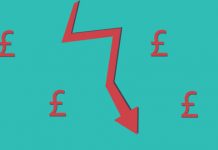
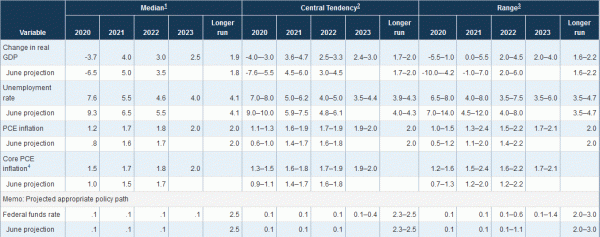
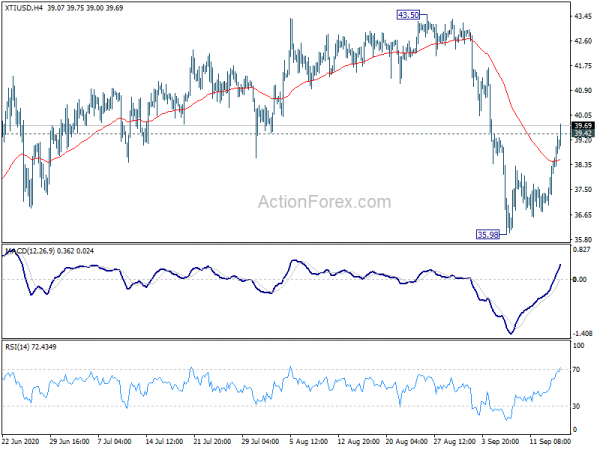
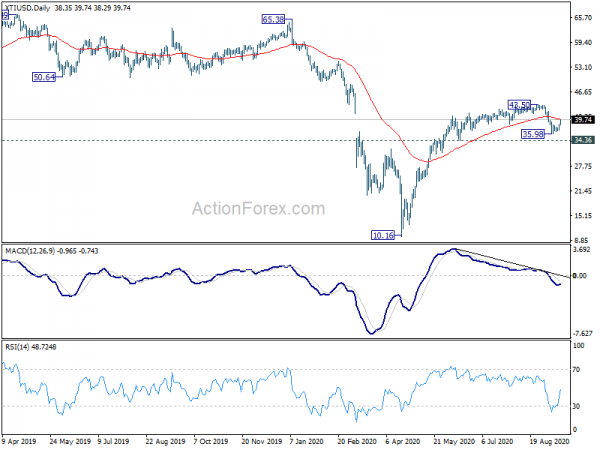
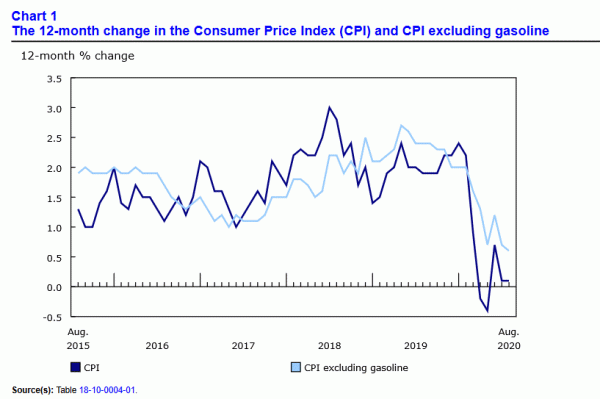
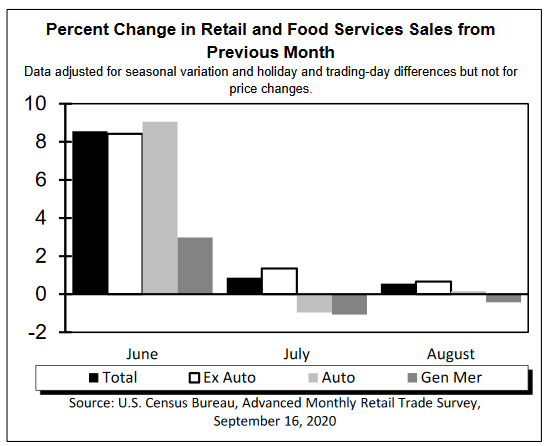
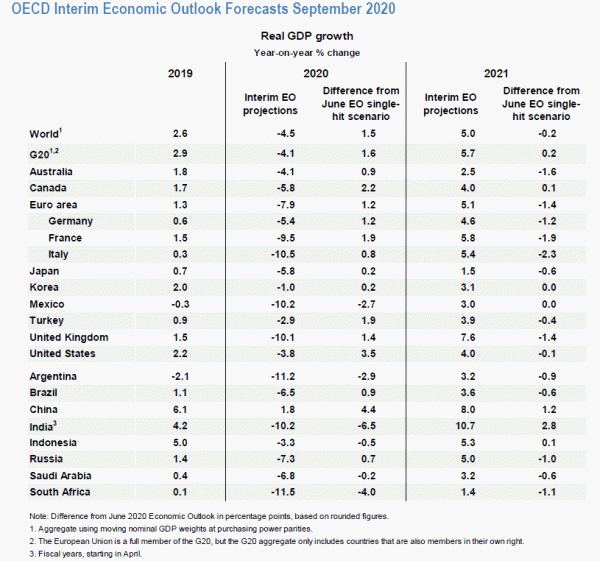
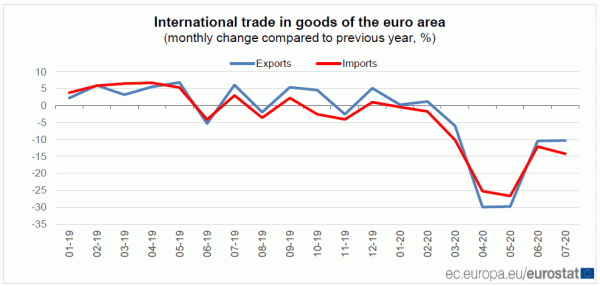
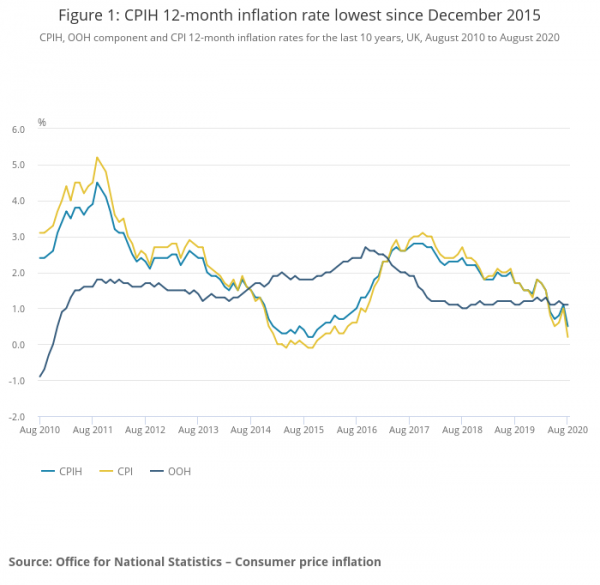
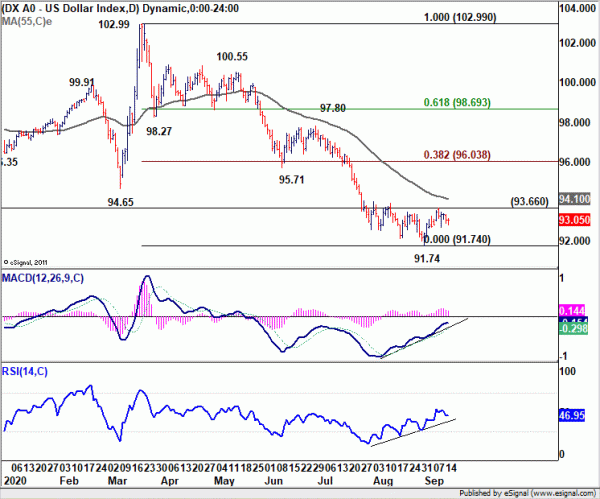
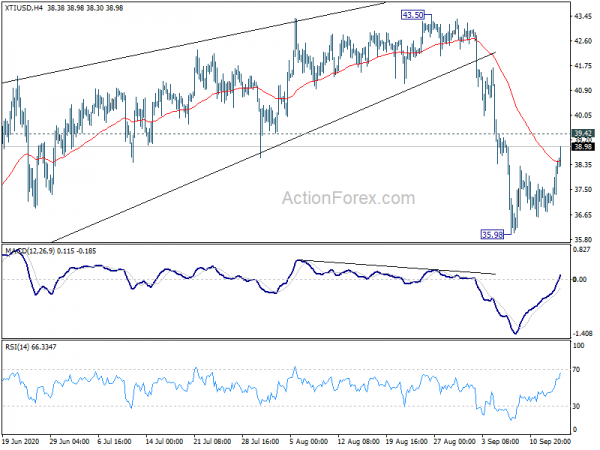
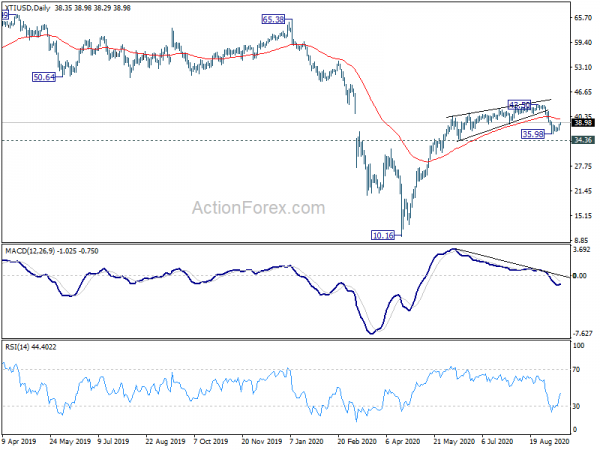
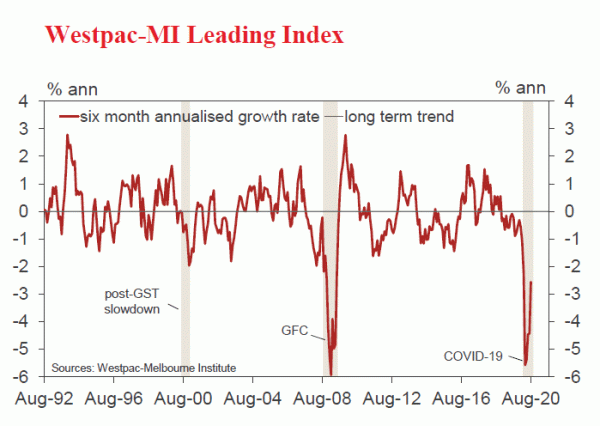
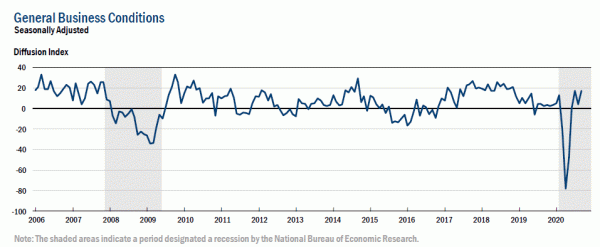
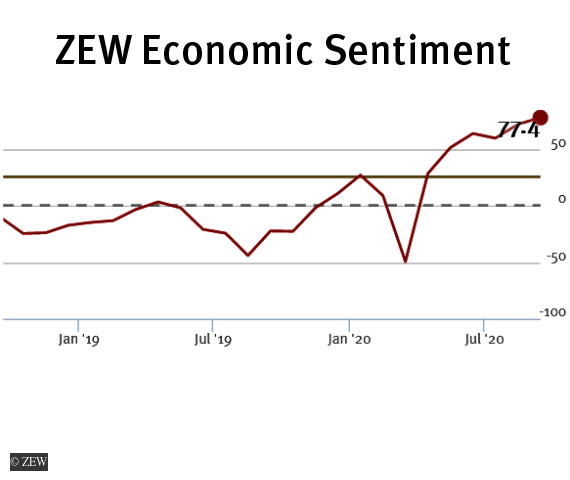
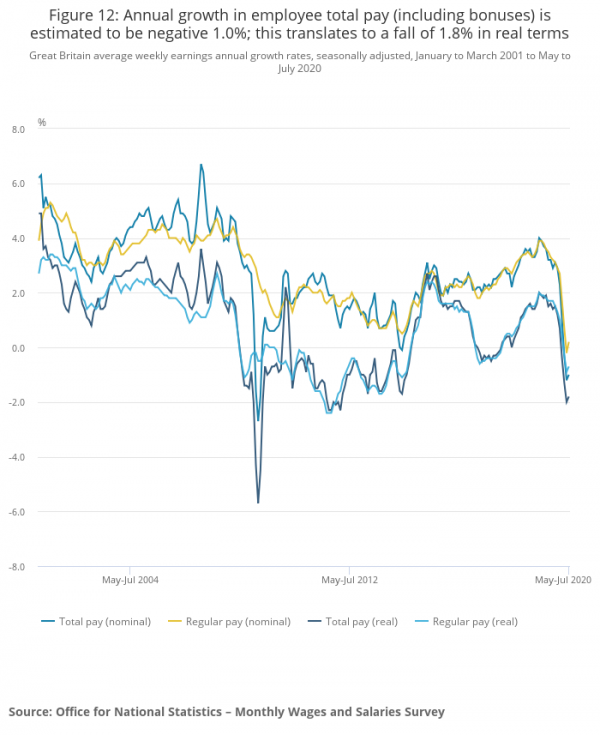
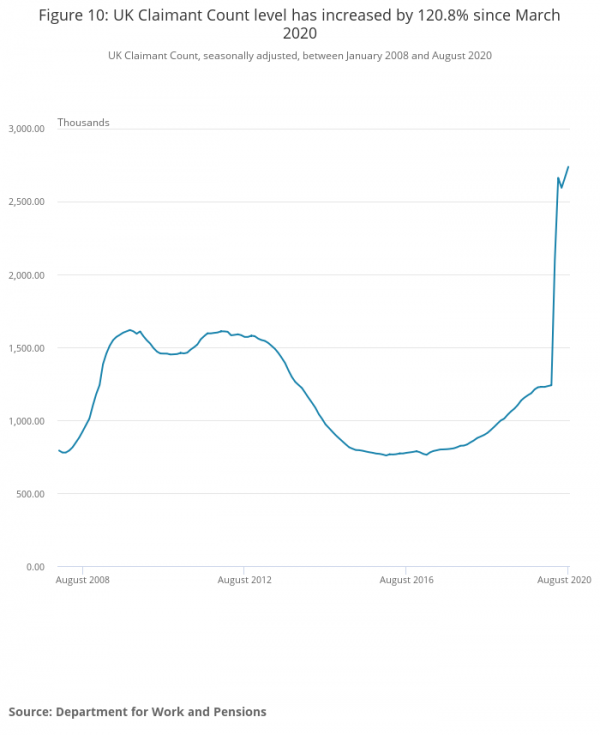
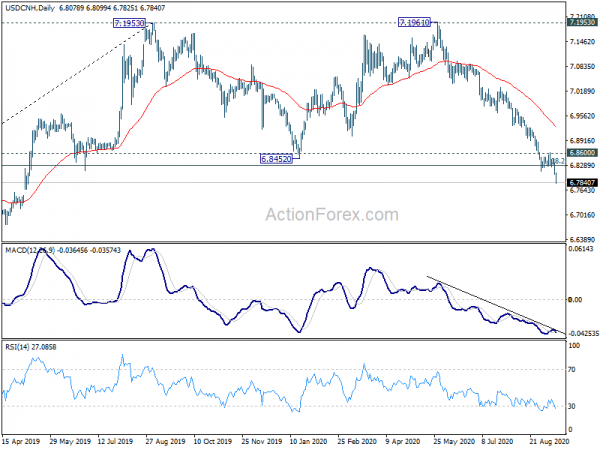
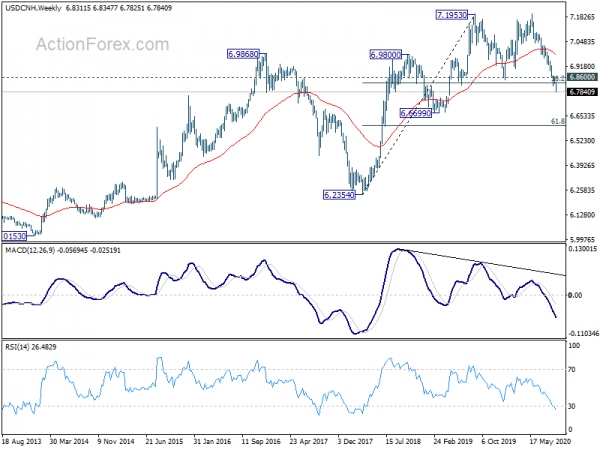

Fed chair Jerome Powell press conference live stream
By loading the video, you agree to YouTube’s privacy policy.
Learn more
Load video